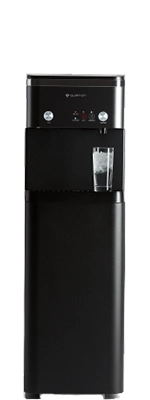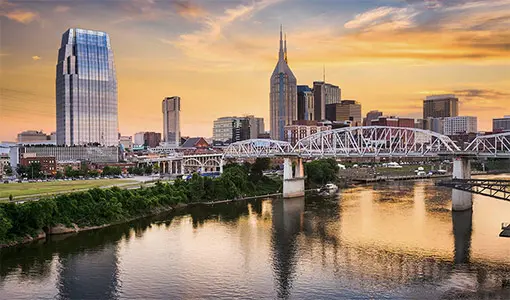Employees and visitors to your workplace expect a seamless transition from their home life to work life. Keeping everyone happy and healthy is keeping them hydrated. Quench has multiple hydration solutions for workplaces and facilities of any size – campuses, professional offices, healthcare facilities, manufacturing plants, and all workplaces in between.
These hydration solutions include:
- our bottle free water coolers that provide clean and delicious water
- our ice machines that produce half cubed, tulip, or chewable nugget ice
- our sparkling water dispensers that offer healthy options with or without added flavor and
- our coffee brewers that dispense multi-cup or single cup flavorful coffee.
For safety and the best tasting water, we offer a full suite of advanced water purification and sanitation technologies, including the amazing new filtration technology that produces quenchWATER+ – our proprietary electrolyte and mineral infused drinking water is designed for the workplace that demands healthy and great tasting water.
When it comes to cost and service, our bottle free hydration solutions provide most customers with savings of up to 50% versus their previous water delivery. And as for service, we have a national reach and a local presence. We can take care of it all. Our hydration solutions are installed by experts and regularly maintained by Quench-badged technicians at no additional cost to you.
You’ll have no more concerns about running out, switching out water jugs or finding storage space. And it’s easy doing business with Quench. We are a one stop for all office drinking water needs. We customize hydration solutions for workplaces of all sizes and in any location. To find out more about why small businesses, top hospitals, large cable providers, nationwide distributors, and over half of the fortune 500 organizations across the continent use our solutions, speak to your local Quench representative or visit our website at QuenchWater.com.











